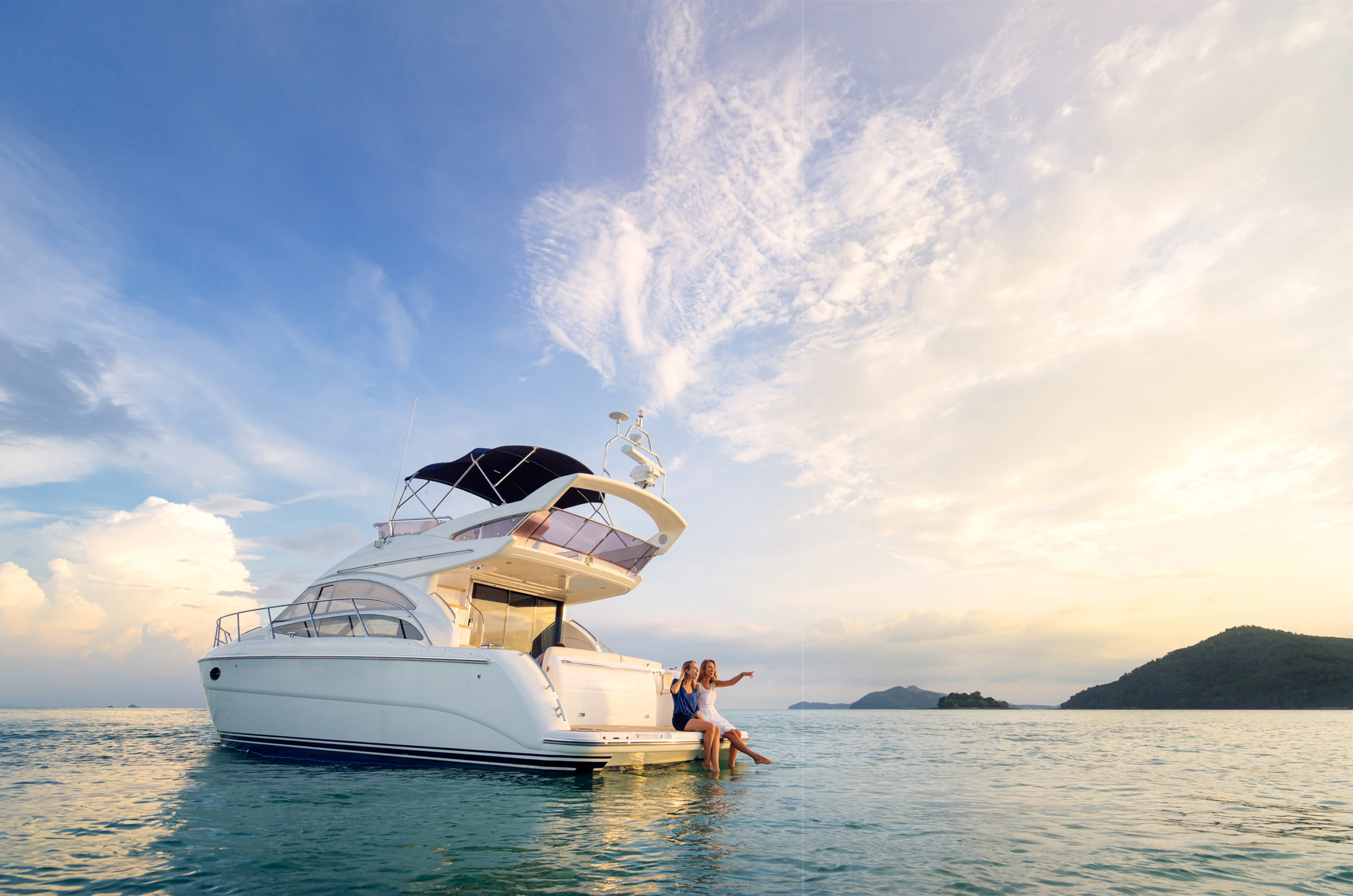
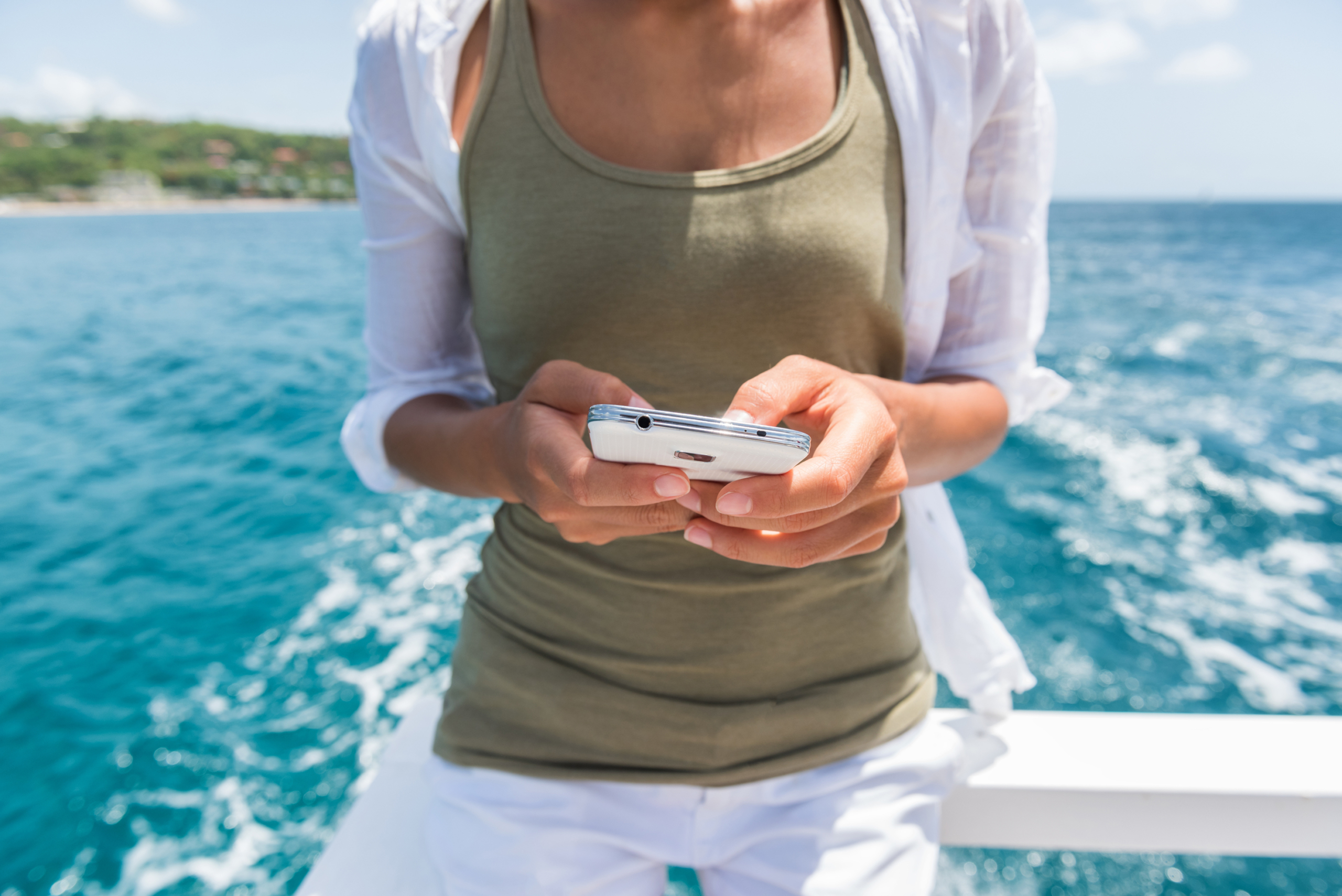
With recent fires aboard recreational vessels linked to lithium-ion batteries, we asked the experts to share some important advice around lithium-ion battery safe practices.
By Sarah Ranawake.
A series of fires on recreational vessels, located both domestically and around the world, have been linked to lithium-ion battery powered devices, tools, and toys stored on board. Lithium-ion battery management is therefore a matter for all boat owners and marina managers to be aware of. We asked lithium-ion battery experts to share some important advice around lithium-ion battery safe practices.
To download this article in PDF, click here
Commonwealth Scientific and Industrial Research Organisation (CSIRO) Principal Research Scientist, Dr Adam Best, is a leading lithium-ion battery expert and the co-author of the CSIRO’s new report ‘Lithium-ion Battery Safety’ which was created for the Australian Competition and Consumer Commission (ACCC). Dr Best shares some key safety considerations around using and charging lithium-ion batteries aboard vessels.
To start with, it’s important to state that lithium-ion batteries are statistically a very safe technology. They are a lot safer for example, than internal combustion engines, and many fires are caused each year by leaking fuel tanks. However, while lithium-ion battery fires are statistically a rare event, the problem lies in the scale and intensity of these fires once they are sparked and the difficulty in putting them out. All these factors are creating a lot of recent awareness, concern, and in some cases even hysteria, around lithium-ion battery safety.
Let’s go back to the battery basics. When we’re talking about lithium-ion batteries recommended for the marine industry we are usually talking about lithium iron phosphate [LFP] batteries. Would it be fair to say LFP batteries are generally considered more stable than other types of lithium-ion batteries with a better safety track record?
It’s absolutely a fair commentary. LFP batteries are very strong in the market. They have excellent power capability and are cheaper to manufacture than some other forms of high-energy lithium-ion batteries because they don’t contain such minerals as nickel, cobalt, or manganese in the cathode. The other reason as to why LFP is an attractive chemistry is because it doesn’t have a high cell voltage. So, when an LFP battery is fully charged and experiences an ‘abuse condition’ it’s less likely to fail in a catastrophic mode.
When we talk about an ‘abuse condition’ that could be anything from an overcharge to a thermal event or a puncture. While some other metals such as nickel and cobalt can be quite catalytic at high states of charge, LFP batteries are more stable across a wider range of states of charge. That stability and the cost factors are why a lot of people use LFP batteries.
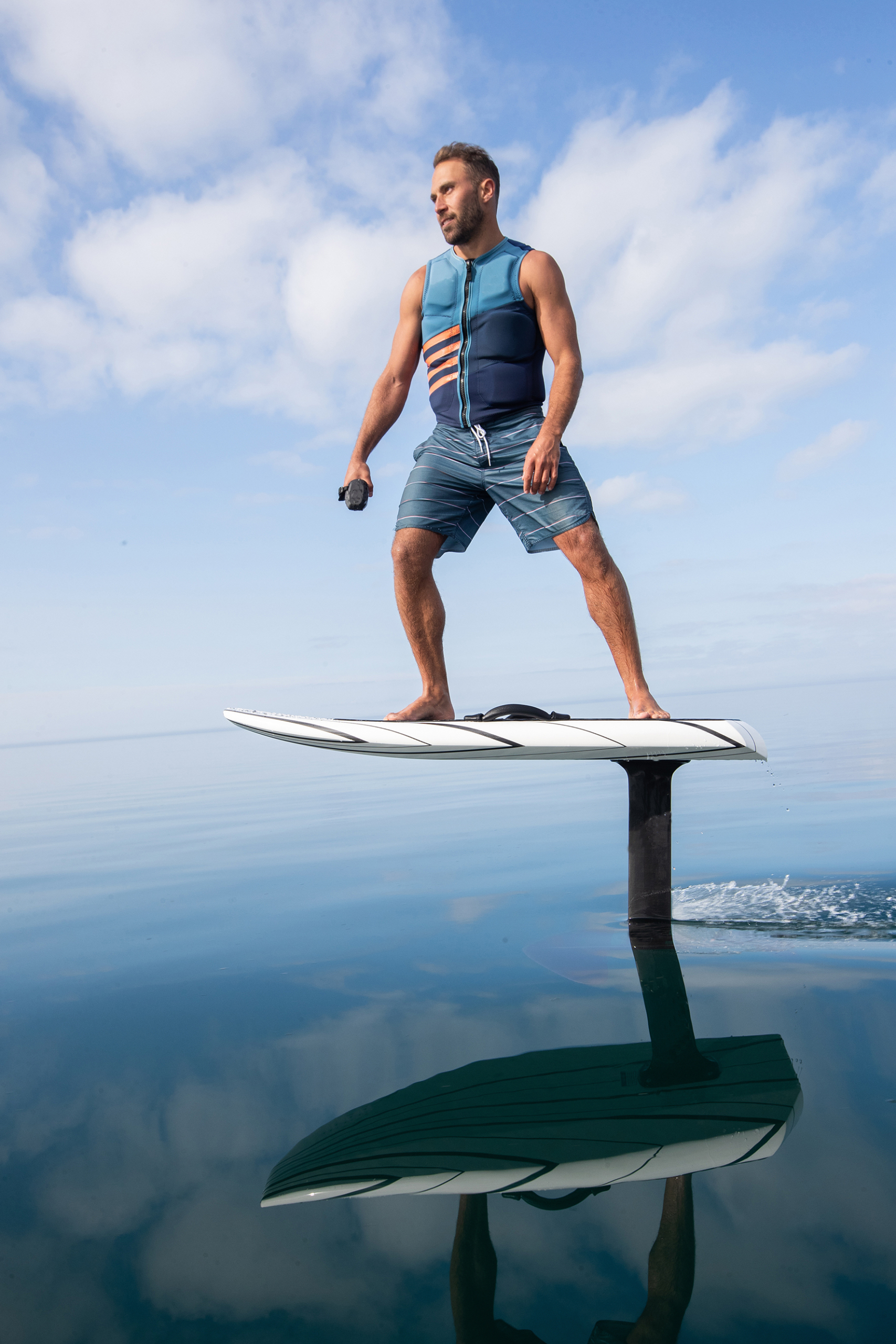
While LFP batteries are recommended for the marine industry as a vessel power source, other items including household devices, power tools and ‘toys’ such as e-foiling boards which are often stored on board vessels, use other types of higher energy lithium-ion batteries don’t they?
That’s right. All your portable home devices such as laptops, mobile phones and smart devices are cobalt. Whereas a lot of those e-boards and e-bikes are usually NMC [lithium nickel manganese cobalt oxide]. These batteries give you much more energy for a smaller space, and therefore a longer runtime. But they do also come with a hazard profile that’s a little more extreme than an LFP battery.
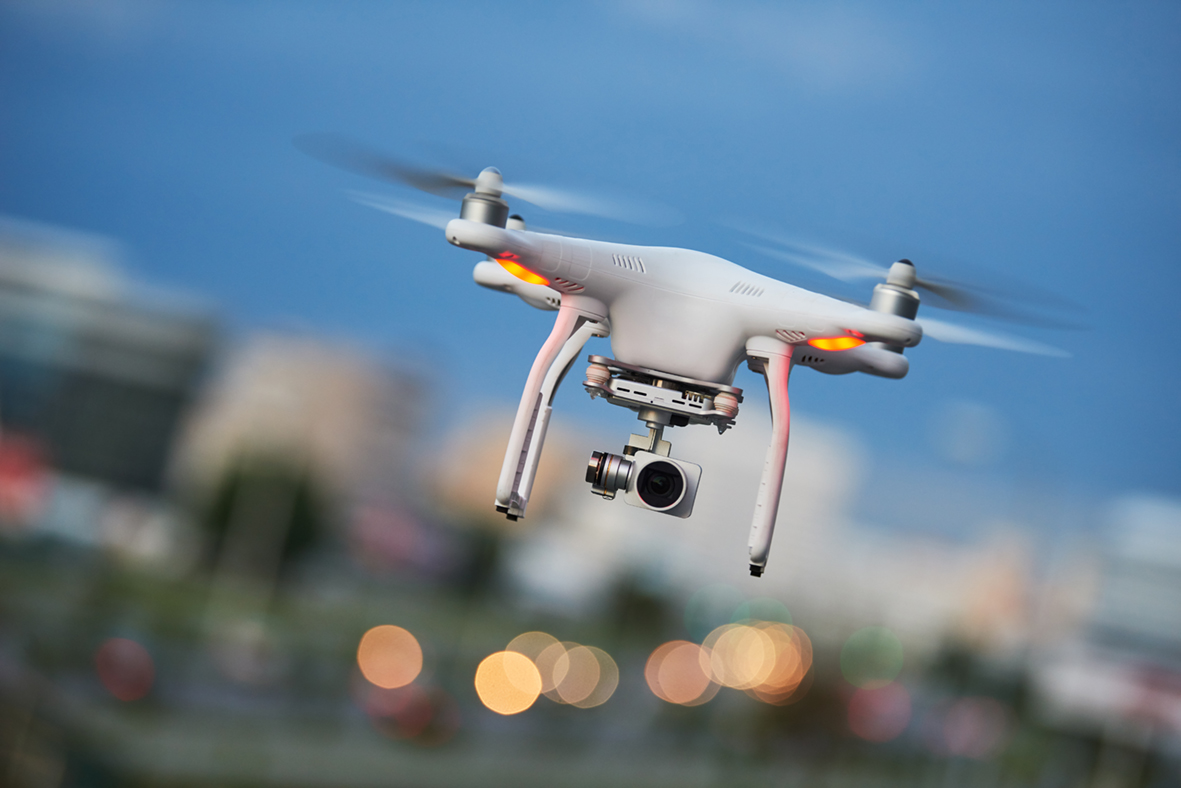
Recent yacht fires have been linked to high energy lithium-ion batteries found within devices charged or stored onboard. These items include power tools such as portable drills, household smart devices, power banks, rechargeable vacuums, and toys such as electric foiling boards, seabobs, e-bikes and electric tenders. What are your thoughts on this?
If you look back through media reports over the last few years, you’ll see reports of fires caused by e-bikes, e-scooters and e-foiling boards. Small lithium-ion battery-powered devices can also be a concern. Many of these items are built to a cheap price point and when you disassemble these devices and examine them you can see many are shoddily made.
The term ‘thermal runaway’ is often referenced in discussions around the causes of lithium-ion battery fires. Can you explain what the term means and how it applies to lithium-ion battery failure?
Basically, the internal heat inside the cell builds up to such a point where you cannot stop it. There’s no intervention that can stop that battery failure from progressing. That’s why it’s a runaway event. The thermal runaway event in the battery can get up to 2,000°C. But when the fire begins, it’s generally with lots of smoke and an intense flame. The smoke is full of asphyxiant gas and toxic chemicals. If you breathe that smoke in, it can have significant impacts on you and you could potentially die from it. That’s true of any battery fire.
Improper charging practices, including the use of non-original chargers that have not been recommended by the original equipment manufacturer (OEM), are often linked to lithium-ion battery fires. Can you share some safe charging advice?
If you’re charging a lithium-ion battery, it should be on a surface or substrate that is non-flammable. Don’t charge lithium-ion batteries near flammable material, which can spread a potential fire further. Always charge your battery in a cool dry place. Never charge a battery that’s been sitting out in the sun.
In our new report the CSIRO prepared for the ACCC [titled ‘Lithium-ion Battery Safety’] we also talk about not leaving lithium-ion batteries on charge while unattended. Because when a battery charger fails, you can be in a lot of strife.
As a safety control, we recommend setting a timer when charging lithium-ion batteries. We also recommend only charging lithium-ion batteries for three hours or the time required to fully charge the battery. Setting a timer and disconnecting the battery from the electrical point means there’s no risk of an overcharging event occurring. After three hours the battery should be well and truly charged, so you can go ahead and use it safely. It’s a simple safety control that can be quite effective. The location of where you charge a battery onboard should also be considered. Never charge a battery anywhere where a fire could block your escape route.
Constant charging or ‘trickle charging’ is a term often discussed in terms of lead acid batteries. However, it sounds like there are some unique safety implications when it comes to this practice for high-energy lithium-ion batteries found within tools, toys and devices?
In the case of a lead acid battery, a trickle charger will constantly monitor the voltage feedback. So, as soon as the voltage dips back down below its regulated limit, it’ll manually kick in and charge the lead acid battery back up again. However, lithium-ion batteries have a really low self-discharge rate, so aside from safety risks, there’s also really no need to trickle charge lithium-ion batteries.
Another key feature of lithium-ion batteries compared to most other battery technologies is the use of what we call a Battery Management System (BMS). With lead-acid batteries when you put them on a constant current regime, it has a system to stop overcharge.
However, in a lithium-ion battery, if there is a fault in either the BMS or the charger, you can continue to pump current into the battery to the point you can go into an overcharge regime which is very unsafe. That is probably one of the most common failures that we see and a cause of a lot of lithium-ion battery fires. When batteries are sitting on chargers for extended periods of time, and the charger or the BMS is faulty.
Would you recommend boat owners don’t charge lithium-ion batteries overnight when offshore or when their boats are moored and unattended in a marina?
That’s a massive safety risk and it’s not necessary for lithium-ion batteries. Once the battery is charged, it is charged. With these portable devices and tools people that people are using onboard, just charge it before you use it. Don’t charge it up and then leave it sitting on a charger, because that’s when failures can potentially occur.
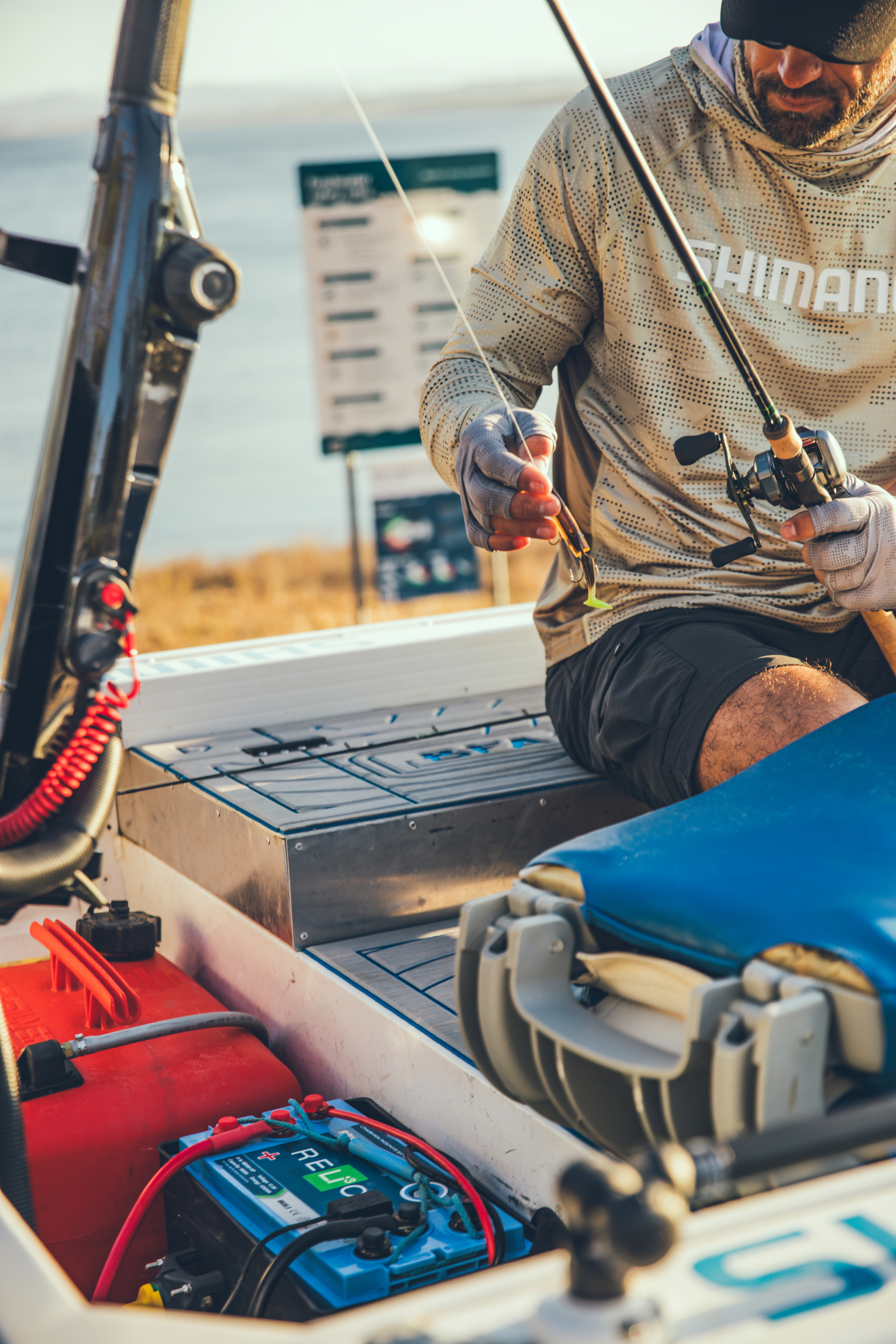
Any other safety advice relating to lithium-ion battery charging?
Always check your cables, to make sure they’re in good condition and not damaged. Check the charger itself regularly as they can get damaged or become faulty over time. As we’ve talked about earlier, if the charger is faulty, it can lead to a failure. Also, always buy and use the charging device recommended by the battery manufacturer. Don’t buy cheap lookalike replacement chargers. Don’t fiddle with battery technology or try to augment the size of the battery. For example, we’ve seen a spate of failures where people have tried to plug in a bigger battery to a device such as a Bluetooth speaker.
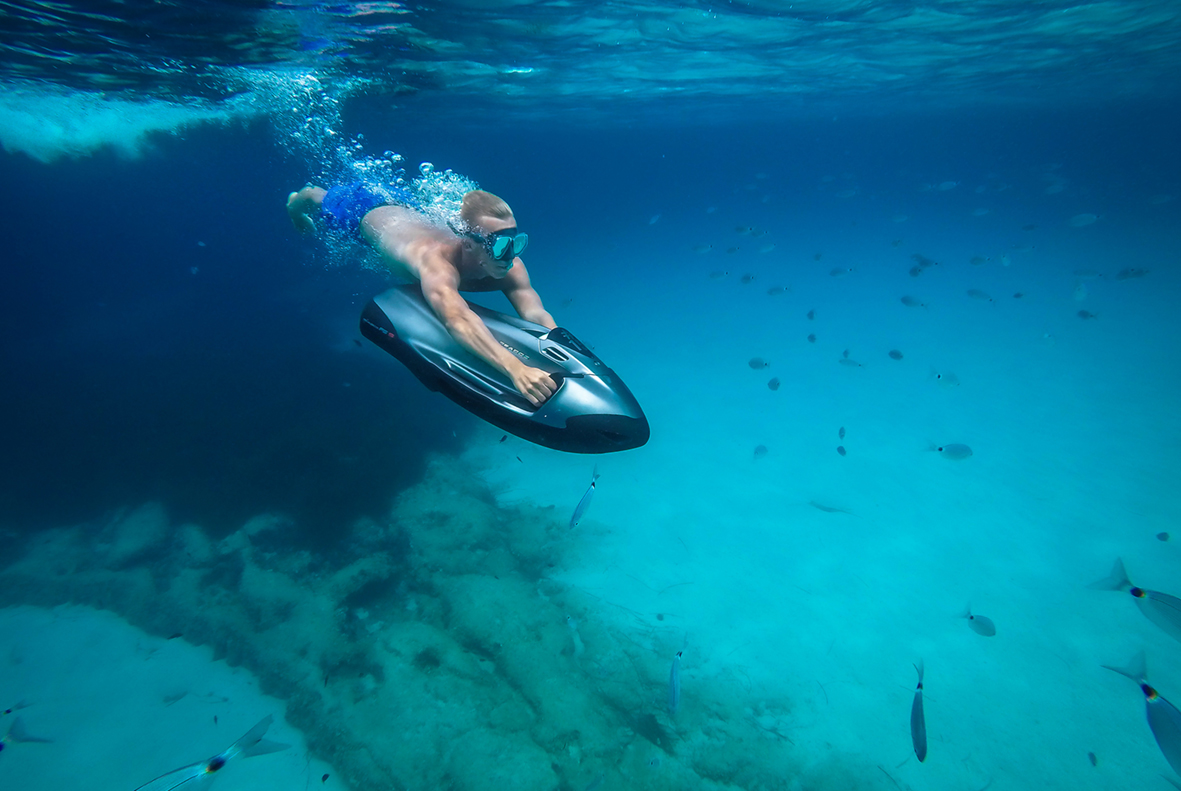
Many boat owners may also choose to retro-fit lithium-ion batteries into a vessel to replace previous lead-acid batteries. What safety considerations apply in that scenario?
What I would recommend to boat owners who are going to do that, would be to speak to a marine electrician. You want to make sure you have the right type of battery that is suitable for your desired application, and to ensure it is installed correctly and is operating correctly.
Are there visual ‘warning signs’ for potential battery failure that people should look out for?
Always check your battery before you use it or charge it. If it feels hot to the touch, don’t charge it. Make sure that the casing looks like it’s intact and that nothing is loose. Check the packaging hasn’t swelled, is not discoloured or leaking fluids. Make sure the contacts are nice and clean. As a rule, if something doesn’t look right or you’re not sure, don’t charge the battery. Instead, take it back to the battery supplier or a reputable specialist battery retailer and have them check it for you. If the battery isn’t in good shape, they help you dispose of the battery and assist you with a new battery. Some of these are common sense, but sometimes common sense is not so common. If the battery is venting gas, hissing, making any unusual noises or leaking fluids those are all major warning signs.
Any other safety considerations specific to the marine environment?
Batteries and salt water generally aren’t a good mix. So, in a marine environment, whatever you can do to keep salt water out of the battery bay is also paramount. Check the IP (Ingress Protection) rating of all battery packs on board. Also, regularly check batteries of smaller devices stored on board to ensure that they haven’t gotten wet inadvertently because once that water evaporates it will leave traces of salt which could potentially cause a short-circuit leading to potential failure and/or fire.
What are your thoughts about storing lithium-ion batteries in fireproof boxes?
You can buy them but they’re not going to make a lot of difference and as an engineering control it’s not something that I would put as a recommendation. However, if storing them in those boxes keeps the batteries dry and reduces the chances of condensation and water getting to them that could help.
Lastly, what is your advice in the case of a lithium-ion battery boat fire?
The cascade effect from the point of battery failure on a vessel would be pretty significant. Once the vessel’s engulfed, it’s not just the battery that’s fueling the fire anymore. That’s everything else that’s burning at that point, including the other combustibles.
Personal fire extinguishers won’t help. We don’t want people exposing themselves to potentially life-threatening hazards, including toxic gases, based on a false sense of hope that they can effectively fight a battery fire themselves. In fact, fire departments are also desperately trying to work out better ways to safely fight battery fires. Just get as far away as you can outside and call for help. When you ring 000, tell them everything you know, so they know what it is that they’re coming to fight.
Visit csiro.au
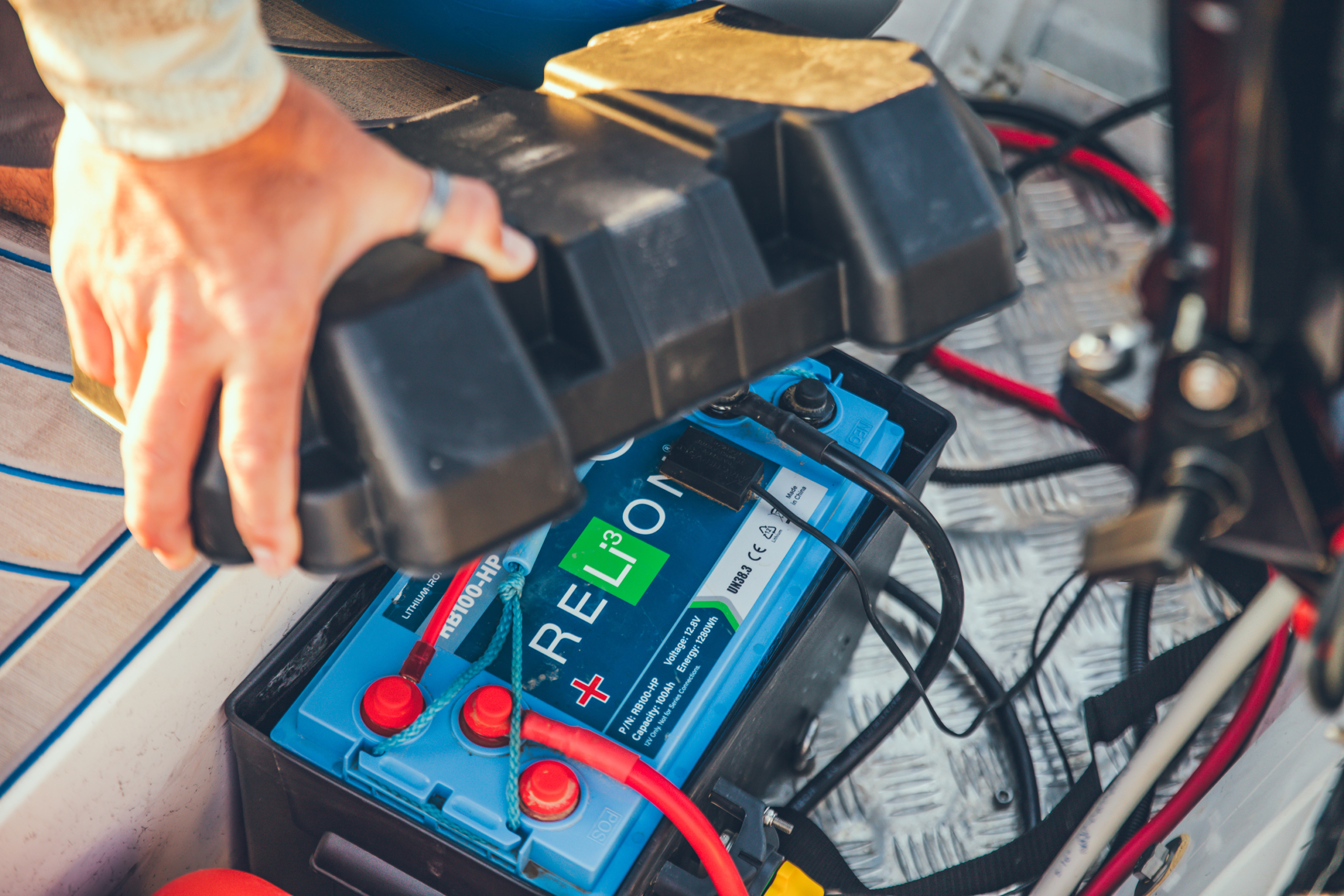
Warren Damm is a lithium battery expert and Technical Sales Director at Navico, makers of RELiON and Mastervolt marine batteries. He shared five things to know about lithium-ion batteries.
- Not all lithium-ion batteries are the same, many don’t meet all applicable standards or are not safely installed.
- Lithium iron phosphate (LFP) batteries are the gold standard in safety, they have less energy density than many other types of chemistries and they are less likely to go into thermal runaway.
- LFPs on boats as genset replacement offer weight savings and the benefits of having a lower overall carbon footprint.
- Other types of lithium-ion battery chemistries with uncontrolled charging devices can be unsafe as they have no mechanism to prevent ‘thermal runaway’ a condition where a fire is inevitable.
- Visual warning signs to look out for include hot or burned connectors and changes in battery case appearance such as swelling.
Visit relionbattery.com
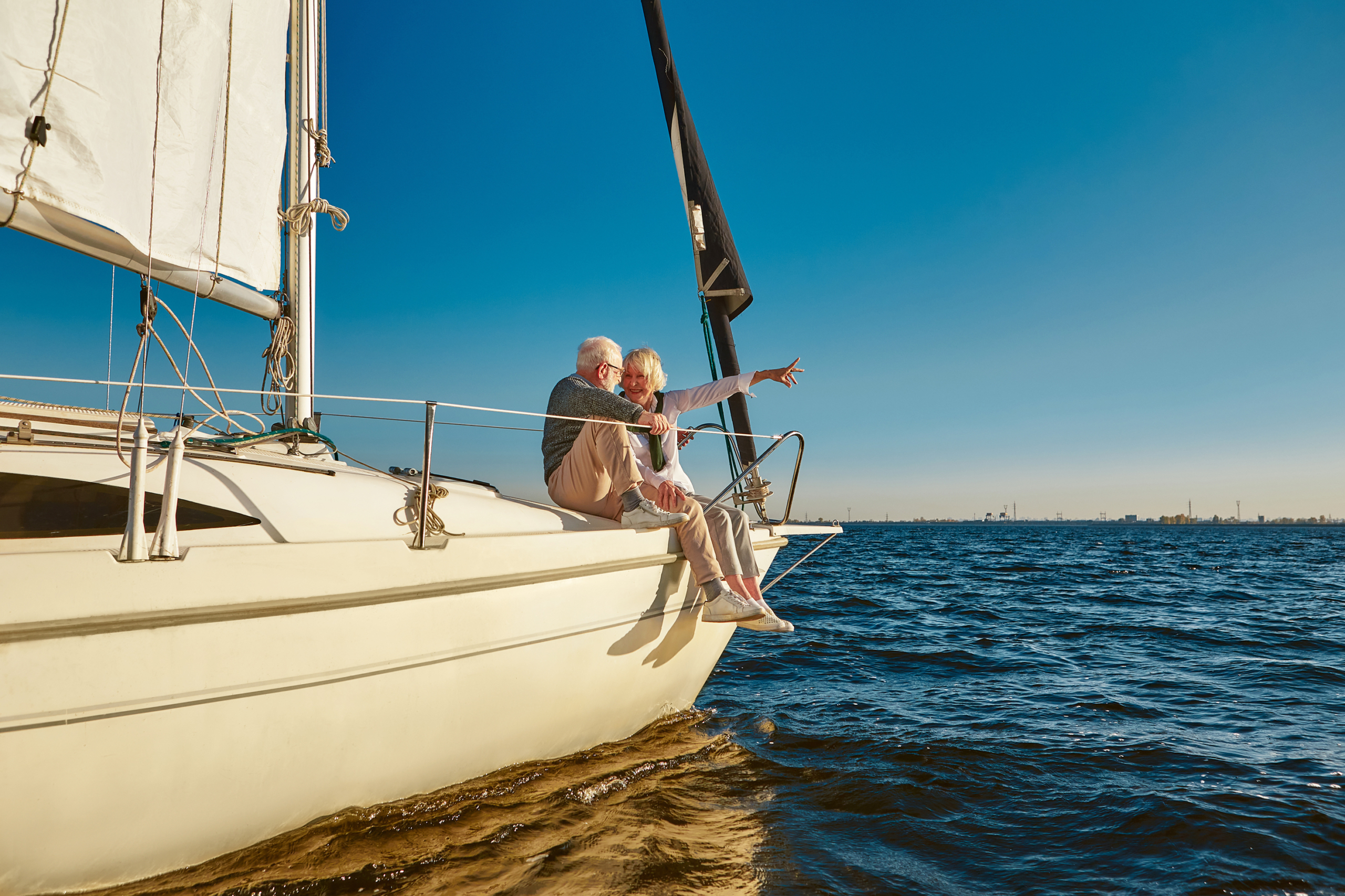
Safety best practices
The Australian Competition and Consumer Commission (ACCC) has shared some important safety advice within their new report ‘Lithium-ion Battery Safety’ created by the CSIRO. We strongly recommend all vessel owners adhere to the safety advice put forward by the ACCC and CSIRO, whenever using or charging lithium-ion batteries onboard your vessel or at home.
- Monitor charging times of lithium-ion products and disconnect products from chargers once they are fully charged. Consider setting timers as a reminder to unplug products.
- Keep lithium-ion batteries out of household garbage or recycling bins and kerbside hard waste collections.
- Charge lithium-ion batteries and products away from combustible materials such as beds, sofas or carpet.
- Store batteries and lithium-ion products in cool, dry places and out of direct sunlight, including while charging.
- Do not use batteries, products or chargers that are overheating or showing signs of failure such as swelling, leaking, or venting gas.
- Check the charger you are using is suitable for the product being charged.
- Allow time for batteries to cool after use and before charging.
- In the event of a fire, consumers should contact 000 immediately. For more information on what to do in case of fire or explosion contact your state or territory fire department.
Source: ‘Lithium-ion Battery Safety’ report created by the CSIRO for the ACCC.
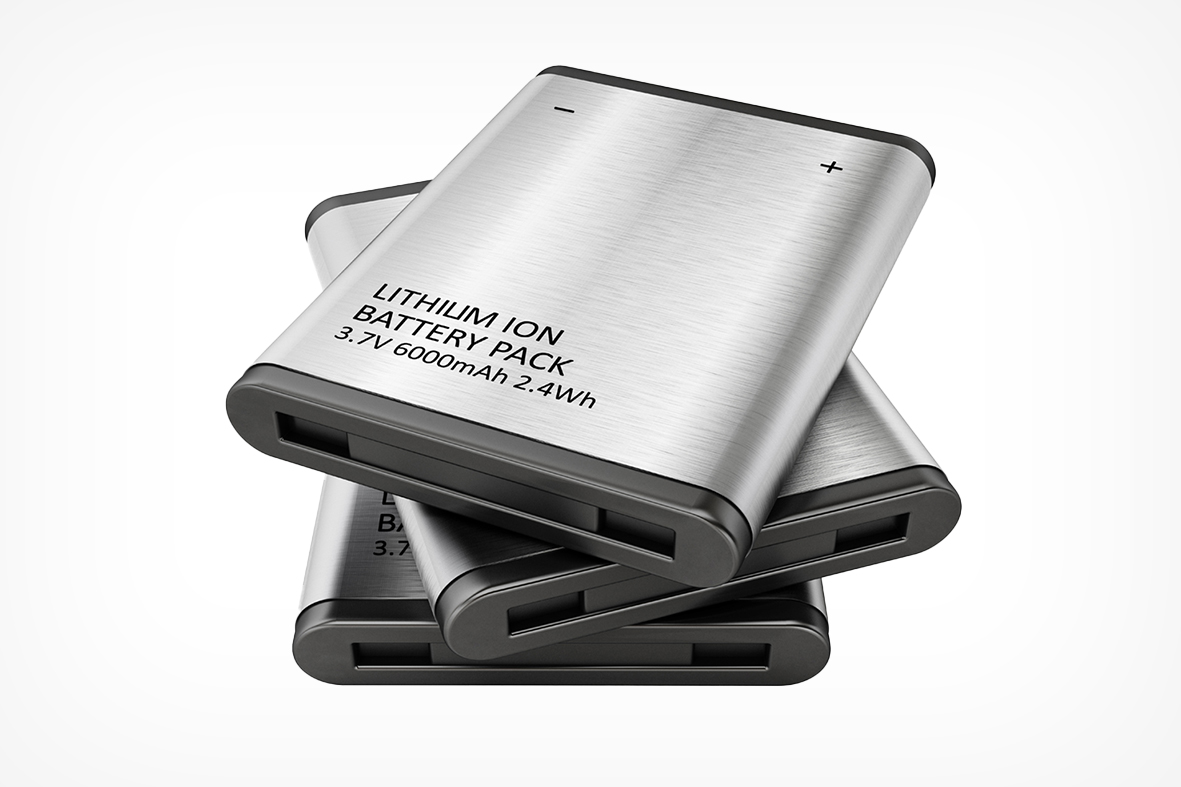
Types of lithium-ion batteries
Matt Ruwald is a lithium-ion battery expert and the director & owner of allmarine power solutions, an Australian-based company specialising in the design, manufacture, distribution and installation of marine lithium batteries. He talks us through some of the most common types of lithium-ion batteries.
Lithium cobalt oxide: Mainly used in laptops, mobile phones and other smart devices. This lithium blend does not handle large loads but can deliver low consistent current over an extended period of time with good cycle life. Potentially chemically unstable due to high thermal run off between battery cells.
Lithium manganese oxide: Mainly used in electric tools, some electric vehicles, medical equipment. This blend can handle large loads over an extended period of time but has reduced cycle life. Potentially chemically unstable due to high thermal runoff between battery cells.
Lithium nickel manganese cobalt oxide: Used in many e-boards, e-scooters and e-bikes. This lithium blend has high energy density and provides larger amounts of power over extended periods of time with excellent cycle life. Potentially chemically unstable due to high thermal runoff between battery cells.
Lithium nickel cobalt aluminum oxide: Mainly used in the electric vehicle industry and some off-grid or home storage applications. They have very high energy density, a long life span and are able to provide large amounts of energy for long periods of time. These battery cells are potentially chemically unstable and have high thermal runoff between battery cells.
Lithium iron phosphate (LFP): This is the preferred lithium blend for quality marine lithium batteries. They can provide large loads for extended periods of time with excellent cycle life and are chemically very stable as they have a very low or efficient thermal runoff.
- Only use LFP batteries on your vessel.
- Choose your brand of battery carefully. Use an industry recognised brand of battery that is deemed “fit for purpose” and built for the marine environment.
- Always use an established and accredited marine electrician for your install.
- There are currently guidelines in Australia and New Zealand for the installation of lithium batteries on your vessel. These are called AS NZ 3004 Standards. Your marine electrician who is installing your new lithium batteries will be familiar with the requirements of this standard.
- It’s extremely important that a marine lithium-ion battery is waterproof or IP rated (at least IP65). Anything below IP65 means that essentially the battery would only be dust proof.
- All related cabling and charging systems are checked.
“It is my opinion that LFP batteries installed correctly and purchased from a reputable supplier and quality recognised brand are the safest batteries you can install on your vessel,” says Ruwald. “I am sure some will take exception to this statement but remember lead acid batteries can and do explode more often than many people realise”.
Visit allmarinepowersolutions.com
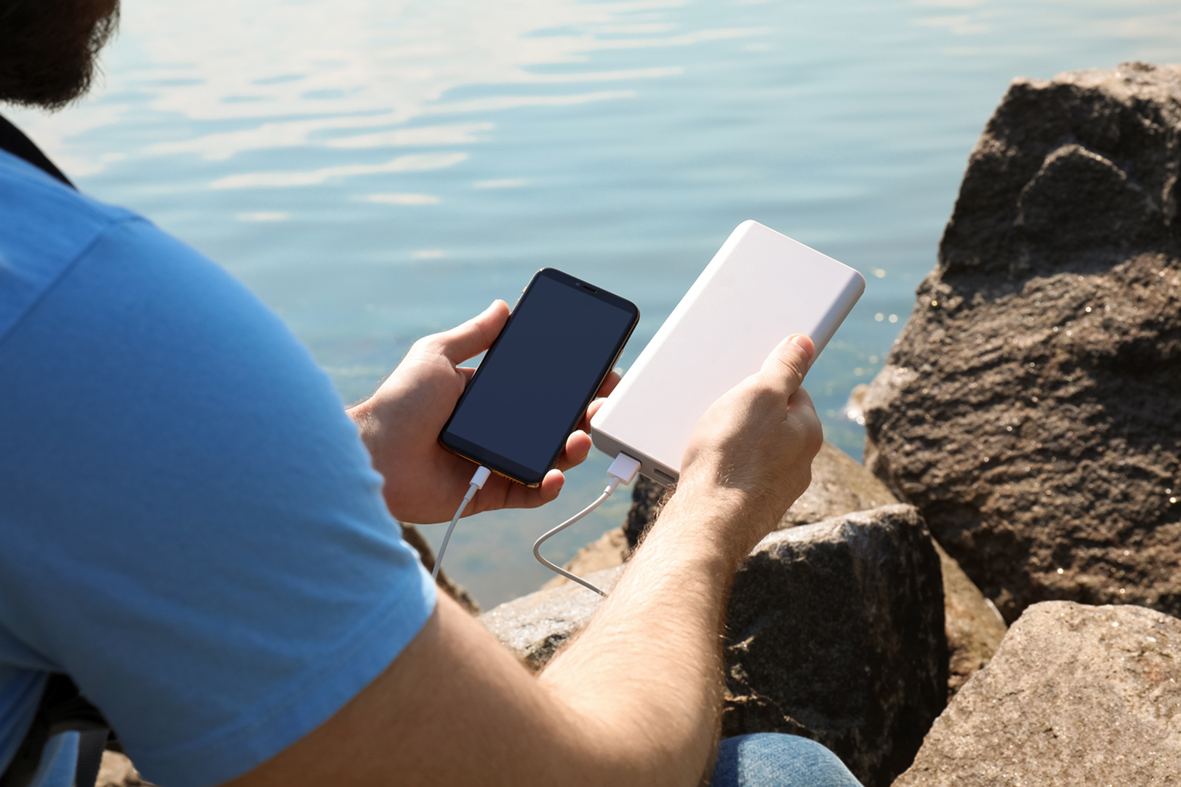
As a marine surveyor and loss adjustor, Michael Lieberman has seen the consequences of boat fires linked to lithium-ion batteries. We asked him to share his experiences and some key safety considerations in regards to lithium-ion powered tools, toys and devices.
“The consequences of lithium battery fires onboard vessels can be completely catastrophic and destructive and are an issue every boat owner needs to be aware of,” says Lieberman. “I have now attended eight boat fires linked to lithium batteries and I’m yet to see one where we managed to save the boat. Unfortunately, it’s my job to interview boat owners while their boat is still smoldering in the background, so I know how absolutely devastating it is to lose your boat.
As has been widely reported in the media, the issue with lithium battery fires in general is that they are very difficult to extinguish. With boat fires you also have enormous amounts of combustible materials onboard which provide further fuel sources once a lithium battery fire takes hold. Often, it’s not until the boat loses buoyancy, floods, and sinks that these boat fires will go out.
So, not only will owners almost certainly lose their boat with these fires, if it is in a marina when fire breaks out there is also a high likelihood of causing damage to other boats and surrounding marina facilities. Lithium battery fires can also be very dangerous to owners and crew. While thankfully there has been no loss of life in any of the lithium battery boat fires I have attended, I have heard of some very close calls, where people were in real danger due to both the heat and potential inhalation of toxic chemicals.
When we are talking about lithium battery boat fires, we are not seeing issues with professionally installed, marine-grade main house bank battery systems. All the critical evidence we have links these boat fires to accessories, tools and toys that are either stored or charged onboard. Many of these tools and household devices are not specifically designed for marine use or a boating environment. We have seen boat fires linked to items left charging onboard and lithium batteries go into thermal runaway when not on charge and stored onboard in cupboards and cabins, which can be hot and salty environments.
There’s no doubt that lithium-ion batteries are an incredible invention, which provide enormous amounts of power for various toys, tools, and devices. However, my personal advice to anybody who uses these lithium powered products onboard their boat would be to never charge them unattended and to not permanently store them onboard. So, if you’re using a drill on your boat, remove it from the boat once you’ve finished with it. Lithium powered tools and toys simply don’t belong in a hot and salty boat environment for extended periods, they are better stored in dry and cool environments onshore. Nobody wants to be one of the unlucky ones who loses their boat to a fire, so not storing or charging these products unattended onboard are simple ways to reduce your risk of that happening.”
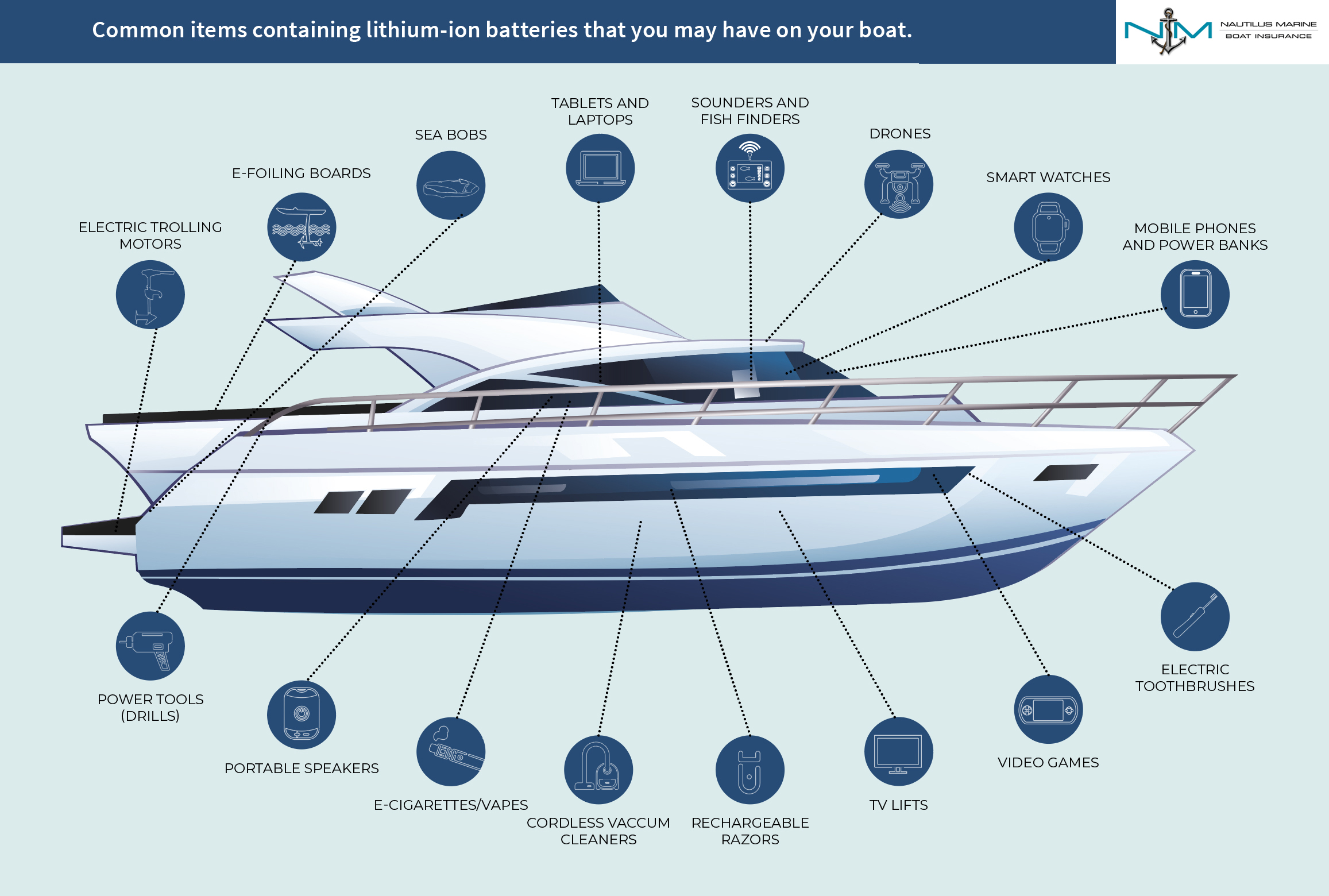
4 Top Tips: Lithium-ion powered devices onboard vessels
Matt Ruwald of allmarine power solutions shares some advice for using lithium-ion powered devices, tools and toys onboard vessels.
- If you have items such as cordless tools, electric surfboards and cordless vacuum cleaners stored on your vessel you should understand that these products generally are fitted with the more volatile blends of lithium-ion batteries. Such equipment can and have caught fire on vessels, resulting in a total loss of the vessel.
- To be safe when using the above products onboard your vessel, never charge the above equipment if the battery is hot from use. Give the battery time to cool down. Never leave the equipment on charge when you are not on the vessel.
- If you drop the equipment, check that the battery casing has not been cracked or damaged. If it has been damaged, don’t charge the battery, replace it.
- Total losses have also occurred where electric vehicle batteries have been installed on vessels, usually, but not always, on electric launches. The problem here is that the lithium-ion batteries used were not designed and built for the marine environment and have the wrong chemistry.
Lithium battery resources for Marinas and Yacht Clubs
Download full Lithium article
Preview Marinas A2 Poster
Preview Marinas Flyer
If you are a marina or yacht club and a member of the Marina Industries Association, you can request an initial order of Lithium Awareness information in the form of an A2 poster and a flyer. For subsequent bulk orders, we can supply them with production and postage costs passed on.
Please email (Name of entity, address, key contact, and mobile number) to marketing@nminsurance.com.au

